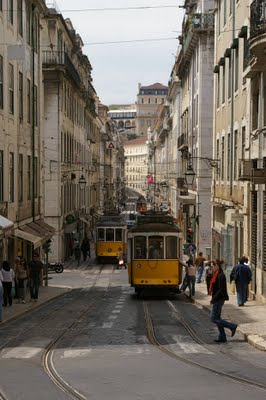
Sad to be missing the second European Wine Bloggers Conference which is taking place in Lisbon this weekend. But as an old-time wine blogger (indeed, I think the original
wineanorak blog was the first wine blog in Europe), and as an opinionated git, I think I'd have plenty to say, along these lines:
1. Authenticity is everything. You have to be yourself as you blog, or else it won't ring true, and it will be hard work to write.
2. You have to write fast, without agonising over every sentence and planning your postings too carefully. Otherwise it will take too long and you'll lose interest.
3. Related to (2), you need to post frequently. Daily is the gold standard. Less than weekly, and it's not really a blog, and you'll find it hard to build readership.
4. You have to be incredibly patient, and keep persevering. Being good will get you only so far. There are plenty of people smarter and more engaging that I am, but their blogs failed because they didn't persevere.
4. Monetization. This only applies to content sites. If you become really successful, you might have enough traffic that you can carry adverts. But that's some way down the line for most people. For most, the only way to make money from a blog is indirectly. You show the world what a switched on, competent, literate, entertaining person you are and they hire you for gigs.
5. Be honest. Don't let people pay for entries on your blog. Don't take backhanders for positive write-ups. Always say what you think, not what important people would like to hear. Turning down a shady-sounding deal may cost in the short-term, but it will pay in the long-term.
6. For companies or wineries looking to blog, go for it. Everyone is now, to some degree, a content provider. The boundary between journalism and commerce is fading, which is no bad thing as long as everyone is transparent, authentic and honest. Wineries can talk about what they are doing without giving a sales pitch. Agents can talk about their producers in ways that don't sound like they are just bigging them up. The important thing is to put your company/winery blog in the hands of someone who can write and can engage with readers, and set them free to do it.
7. Social media stunts like the Murphy-Goode hire will get you lots of attention, but this is only useful if your product is exceptional and worth talking about. You can get your time in the spotlight, but do you really want it? Only if your product can stand the scrutiny.
8. We all have to promote ourselves. It comes with the territory. But you can promote yourself too much. You can get in other people's faces to a degree that, frankly, becomes annoying. And it's generally best left to others to tell the world how good you are. (So no straplines, 'frankly, the world's best wine blog', please!)
Labels: blogging
 Sad to be missing the second European Wine Bloggers Conference which is taking place in Lisbon this weekend. But as an old-time wine blogger (indeed, I think the original wineanorak blog was the first wine blog in Europe), and as an opinionated git, I think I'd have plenty to say, along these lines:
Sad to be missing the second European Wine Bloggers Conference which is taking place in Lisbon this weekend. But as an old-time wine blogger (indeed, I think the original wineanorak blog was the first wine blog in Europe), and as an opinionated git, I think I'd have plenty to say, along these lines: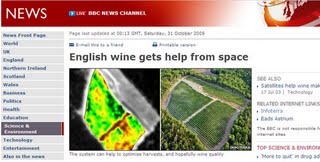
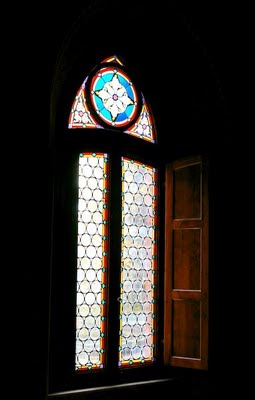
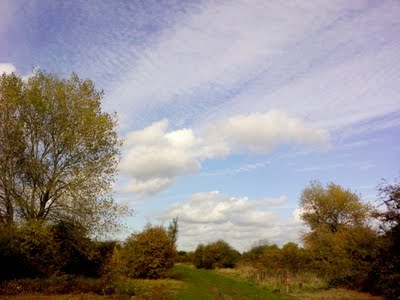
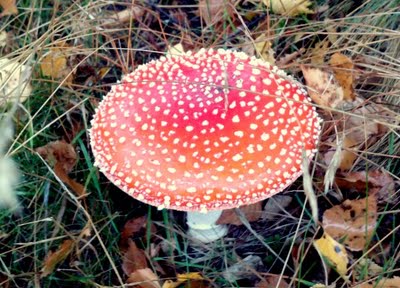
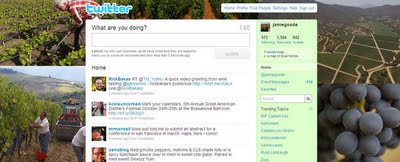
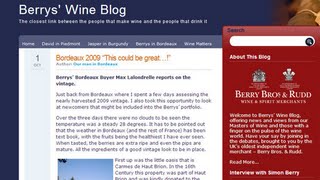
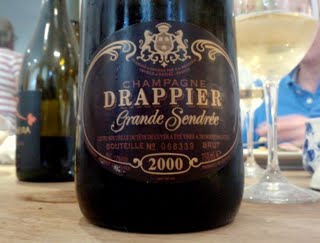
.pdf]-09102009-182401-758442.jpg)
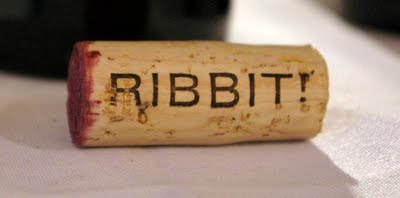
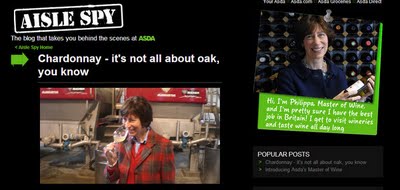
 The web log of wine journalist Jamie Goode. Feel free to nose around; your comments are welcome
The web log of wine journalist Jamie Goode. Feel free to nose around; your comments are welcome 
